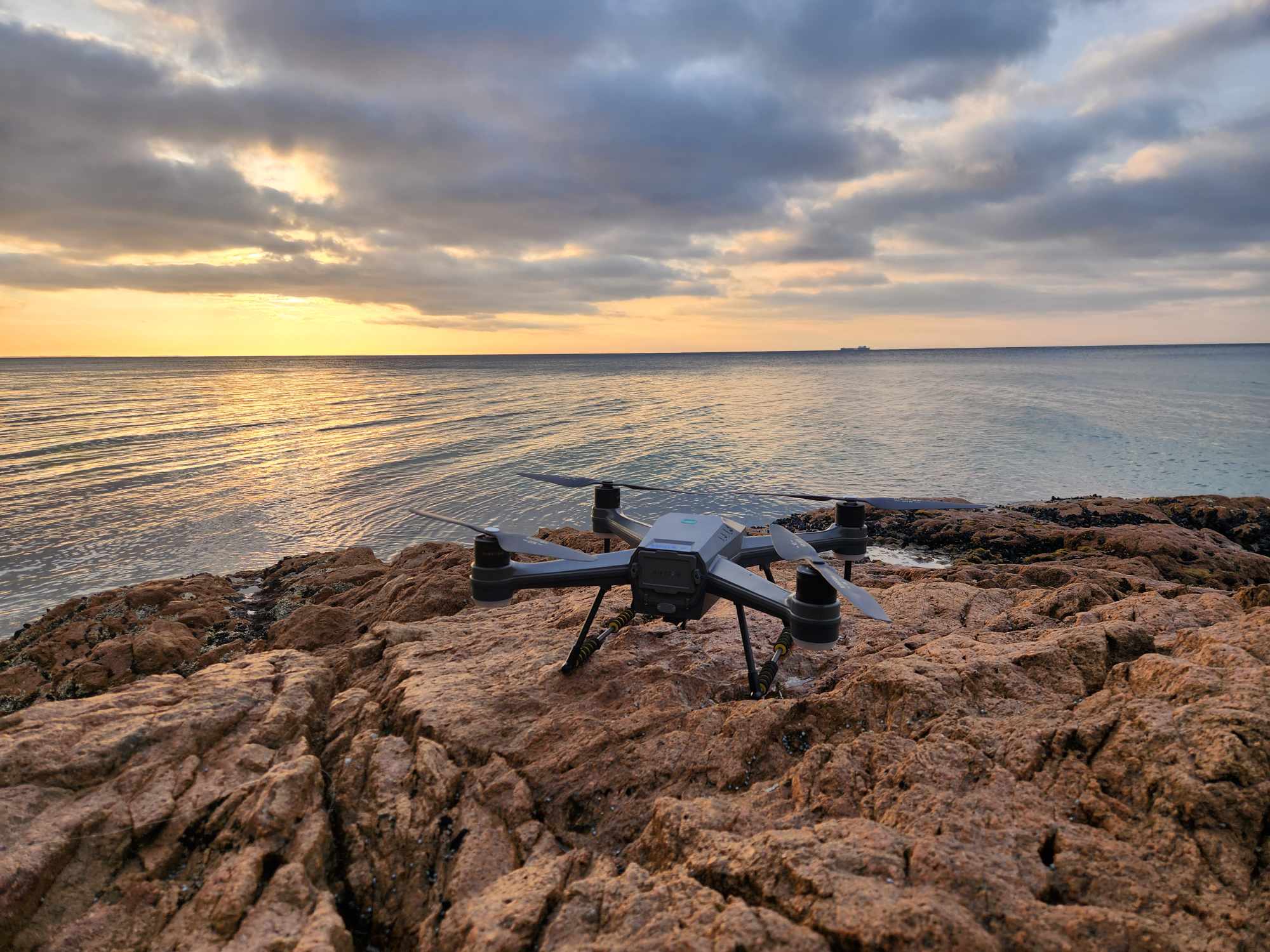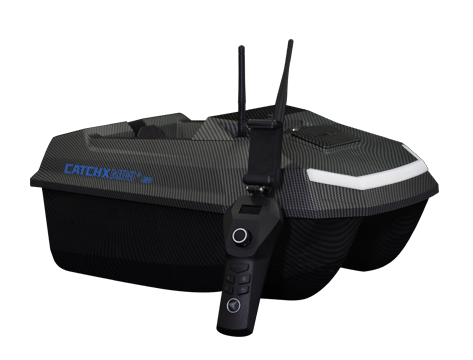Helpful Tips for Beginners: Test-flying a Bait Dropping Drone
So, you've just acquired a brand new bait dropping drone for your fishing adventures. Congratulations! Whether you're a seasoned angler or a complete novice, flying a fishing drone for the first time can be an exciting but somewhat perplexing experience. In this article, we've put together a set of invaluable tips to help beginners get started with their bait dropping drones, regardless of the model you have. These tips will set you on the right course, ensuring your drone experience is enjoyable and successful.

Familiarize Yourself with Your Bait Dropping Drone
Before you take your bait dropping drone to the fishing spot, it's crucial to get well-acquainted with it. This means reading the user manual thoroughly, understanding its features, and practicing your drone operation skills.
First and foremost, ensure you have a solid understanding of your drone's remote controller. Learn how to use it, including the various buttons, switches, and joysticks. Many drones come with user-friendly controllers, but it's still essential to know how to navigate through the different functions.
Next, practice flying your drone in an open, obstacle-free area, such as a park or a spacious field. Start with basic maneuvers like takeoff, landing, and hovering. Once you're comfortable with these, move on to more advanced actions like flying in different directions, controlling altitude, and navigating with precision. The more familiar you are with your drone's controls, the more confident you'll be when using it for fishing.
Perform Pre-flight Checks of Bait Dropping Drone
Just like with any other piece of equipment, it's vital to conduct pre-flight checks to ensure your bait dropping drone is in optimal condition. These checks will not only help prevent accidents but also ensure that your drone operates flawlessly during your fishing trips.
Start by inspecting the drone's physical condition. Check for any visible damage, loose parts, or signs of wear and tear. If you find any issues, address them promptly or consult the manufacturer for necessary repairs.
Then, make sure your drone's batteries are fully charged. This includes both the drone's battery and the remote controller's battery. Flying with a fully charged drone ensures you have enough power to complete your fishing mission without interruptions.
Additionally, verify that the propellers are securely attached and functioning correctly. Loose or damaged propellers can lead to instability and even accidents. Always replace damaged propellers before flying your drone.
Lastly, don't forget to calibrate your drone's compass and GPS. This step is crucial for accurate navigation and location tracking, especially when you're out in the field. Follow the manufacturer's instructions to perform these calibrations.
Practice Safe and Responsible Flying for Bait Dropping Drone
Safety should be a top priority when operating a bait dropping drone. Practicing safe and responsible flying not only ensures your safety but also respects the environment and other anglers or individuals sharing the fishing area.
First and foremost, always maintain a safe distance from people, buildings, and objects. Your drone's propellers can be dangerous, so keeping a safe distance reduces the risk of accidents.
Keep your drone in your line of sight at all times. Losing sight of your drone can lead to difficulties in control and orientation. Most countries have regulations that require you to keep your drone within visual line of sight.
Respect the privacy of others and adhere to local laws and regulations. Always ask for permission from landowners or authorities if you're flying your drone on private property or in restricted areas.
Be mindful of the weather conditions. Strong winds, rain, or extreme temperatures can affect your drone's performance. Avoid flying in adverse weather conditions to prevent accidents and damage to your equipment.
Embarking on your journey with a bait dropping drone is an exciting step for any angler. Whether you're an experienced pro or a novice, these tips are designed to help you get started on the right foot. Familiarize yourself with your drone, perform pre-flight checks, and practice safe and responsible flying to ensure a successful and enjoyable experience.























